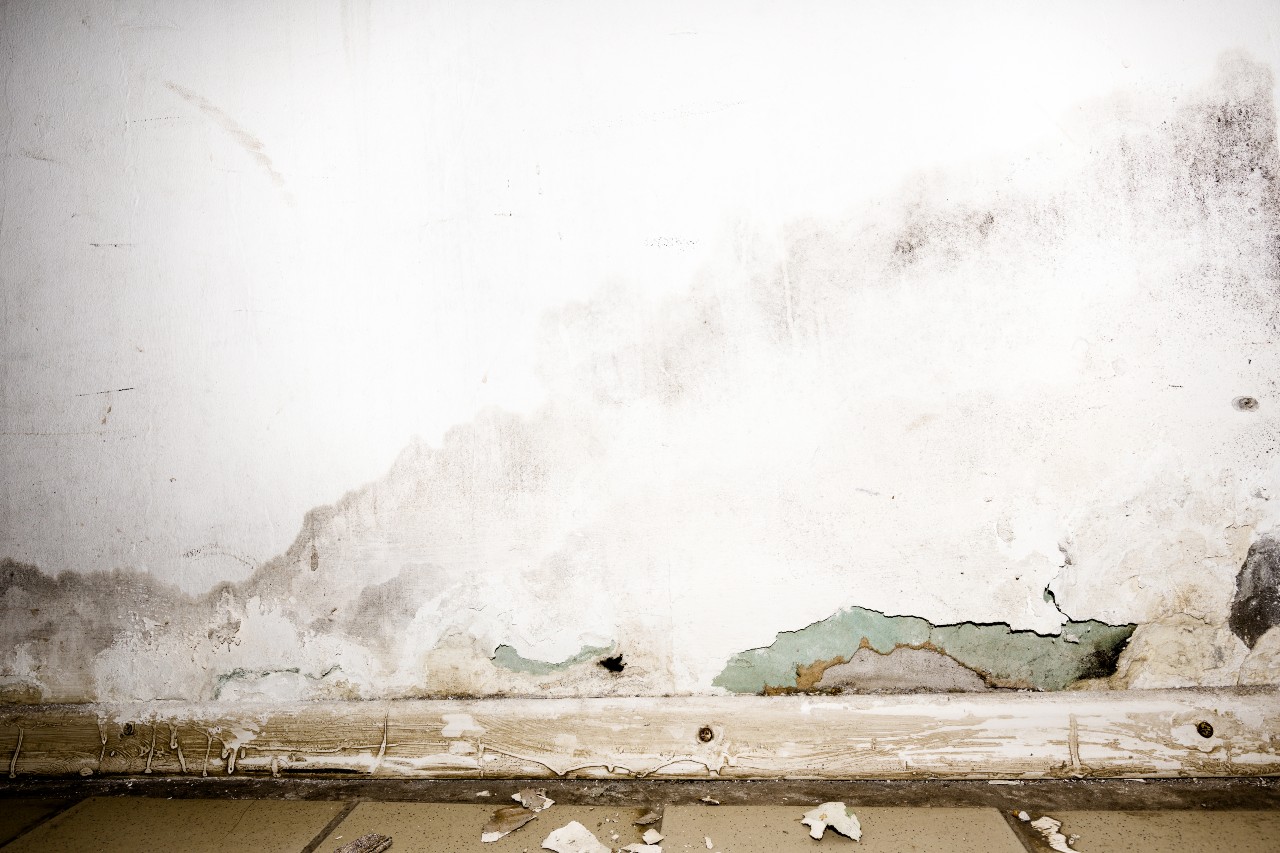Drywalls (wallboard or plasterboard) are made up of paper and plaster and exist everywhere in our houses. Because of their porous nature, these tend to absorb water from air and direct contact. This water content is mostly higher on the inner side of the drywall as compared to the outer because of lack of evaporation. Even after drying, drywalls can sag down and ultimately break where you need to replace the drywall. Another risk of drywalls getting moist or wet is catching mold where it can become dangerous to health. The drywall moisture level should be between 6-12% and above this limit, we need to take specific measures to ensure its structural integrity.
There are several moisture meters available in the market to help you measure the estimated moisture levels in house and drywalls. It is always a good idea to keep measuring the moisture level of moist places in your house including washrooms, basements, and side yards which are at the risk of getting high moisture levels. With proper and regular monitoring, you can avoid any kind of irreversible damage to your property.
